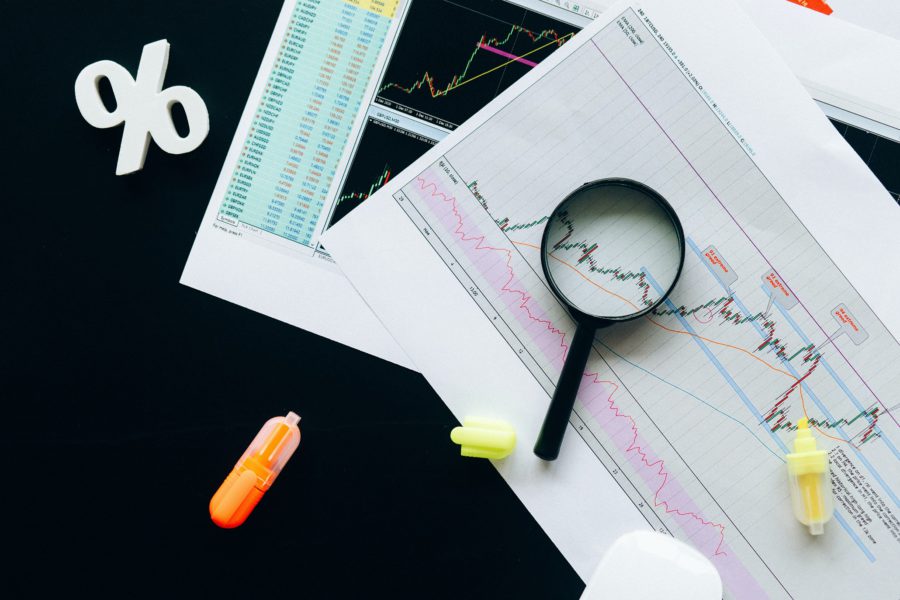We are relatively new to buying preferred stocks, and wrote an article about them awhile ago. Recently, I had an epiphany about “Call Risk” with one of our holdings. This was an “Ah ha!” moment, much like the time I had a breakthrough with Yield on Cost (YOC).
You have to say to yourself, “If I’m right, how much am I going to make? If I’m wrong, how much am I going to lose?” That’s the risk/reward ratio.
PETER LYNCH
Just like with YOC, I understood the general concept of call risk, often associated with bonds being called prior to maturity. For example, a bond issuer may call the bond if the interest rates drop significantly, then reissue the bonds with a lower rate. For many of our preferred stocks, there is no maturity date, and they are considered “perpetual”. There is a call date, but the market generally sets the price to account for the different risks that can be reflected in the “stripped yield”.
The stripped yield for a preferred stock reflects the “pro-rated” or “accrued” dividend that’s implied. For example, a hypothetical preferred stock could have a “par” value of $25 and an annual dividend of $2.00, paid quarterly. At par value, the annual yield is 8%. If you buy the stock 90 days after the last dividend, the “accrued” dividend amount would be 2/365 * 90 = $.49. So, if the stock is trading at $25, the stripped price would be $25 – $.49 = $24.51. The stripped yield, would be $2/$24.51 = 8.16%. In other words, you would be getting a higher yield for the stock at par value if you account for the accrued dividend.
I was an Economics major in college, so one concept we learned is that markets are generally efficient. In the example above, the stock would be a bargain at $25, so it will probably sell for a higher price, unless investors have concerns about the company or the markets, such as the Black Swan events from COVID-19. We bought some preferred in 2020 that were below par value, since they dropped like almost everything else. As the markets recovered from news of vaccines and US policies to support the liquidity provide stimulus, most of the preferred stocks we own recovered above par value and we have some capital gains.
The call risk can come into play when there is an inefficiency in the market, and a stock that is callable goes too far above the par value. For example, if our hypothetical stock hit a price of $26.50, we could lose $1.50/share if they decided to call that stock. In that case, we would be better off selling and swapping the funds into something else. We may have a cost basis of $20, so we would still make a profit, but we want to protect the extra $1.50!
We have preferred stocks that are callable, but if the company does not seem likely to redeem the shares, we can continue to hold and reap the fixed income payments. For these positions, the price will hover and fluctuate based on the stripped yield and other factors. These can be very beneficial contributors to our passive income, and it may seem counterintuitive, but we are generally not concerned with capital gains.
Now that we have more preferred stocks and other types of investments, I realize that we need to continue to do our due diligence and monitor for potential actions. These are not “set and forget”, even though they are “fixed income”. We may have an opportunity where we want to increase our position, or we may have a risk that we need to mitigate by selling some or all of our position. Definitely a learning experience, and very thankful to be a member of the High Dividends Opportunities (HDO) service on Seeking Alpha for their knowledge and guidance. The bull market keeps chugging along, but at this point we are still trying to rotate into more value, income, and capital preservation as we try to achieve (an early) retirement and Financial Independence.
Subscribe to get email updates when we post new content and please discuss further in the comments below or let me know if you have any questions or other feedback.
| Disclaimer: I am not a financial planner and content on this site is meant to provide food for thought, not professional advice. I share my experiences to show what worked so far and what didn’t, YMMV. Please consult your financial advisor or tax professional as needed. |


